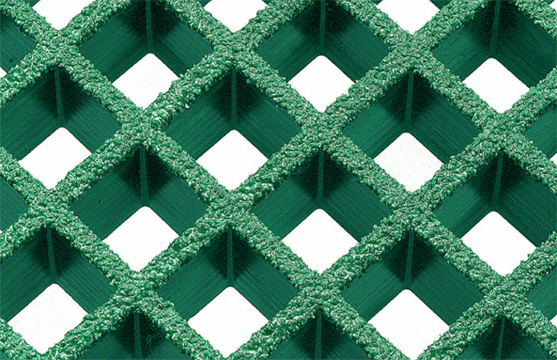Fibreglass is an extremely durable and lightweight composite material. It has a wide range of uses in almost of aspects of modern life. It is a fibre reinforced polymer, which is comprised of a matrix of plastic that is strengthened by glass.
How is it made?
Glass is heated until it becomes molten and, therefore, very malleable. The molten glass is then forced through bushings (superfine holes) and coated with a chemical solution. For some uses the fibreglass can be left in this form, for others further work is needed. The resulting glass threads from the bushing process can be woven together to make larger materials. There are various in this process that can be applied to achieve slightly differing results depending on the intended usage. For example, in some cases the fibreglass may need to be a pure as possible and by slightly amending the process this can be achieved. The majority of new fibreglass is now made with recycled glass, largely up to 70%, but there isn’t currently a scheme to recycle used fibreglass unfortunately.
What can It be used for?
The most common, and known, usage is home insulation. It’s pink, fluffy-looking and immediately recognisable. There are many other uses that may not be quite so apparent. Due to the versatility and flexibility of fibreglass its uses are almost unlimited. It’s strong yet lightweight so it is favoured in the building of aircraft. In addition to this, it is resistant to the erosion cause by salt water and is ideal in the manufacture of marine vessels. Unsurprisingly the automotive industry frequently uses fibreglass and it is a main component of building kit cars. Leading on from these vehicular uses, the material is used for a number of sports equipment, ranging from golf clubs and hockey sticks to snowmobiles. Additionally it can be used to build household fixtures.
Health Concerns
The appropriate safety equipment must be employed when working with fibreglass. When an item, such as a hockey stick, has been properly manufactured and coated it is perfectly safe to handle. During installation and manufacture of the material is when the risks to health are posed. Wearing gloves, a boiler suit and a fibreglass rated dust mask are essential precautions to take when using the material. After each session working with the material it is advisable to take a full shower to rid yourself of any residual dust. As long as precautions are taken, it is perfectly safe to work with fibreglass.
Corinne Kemp – Blogger and Fibreglass Enthusiast
Interesting Facts – What Is Fibreglass?





